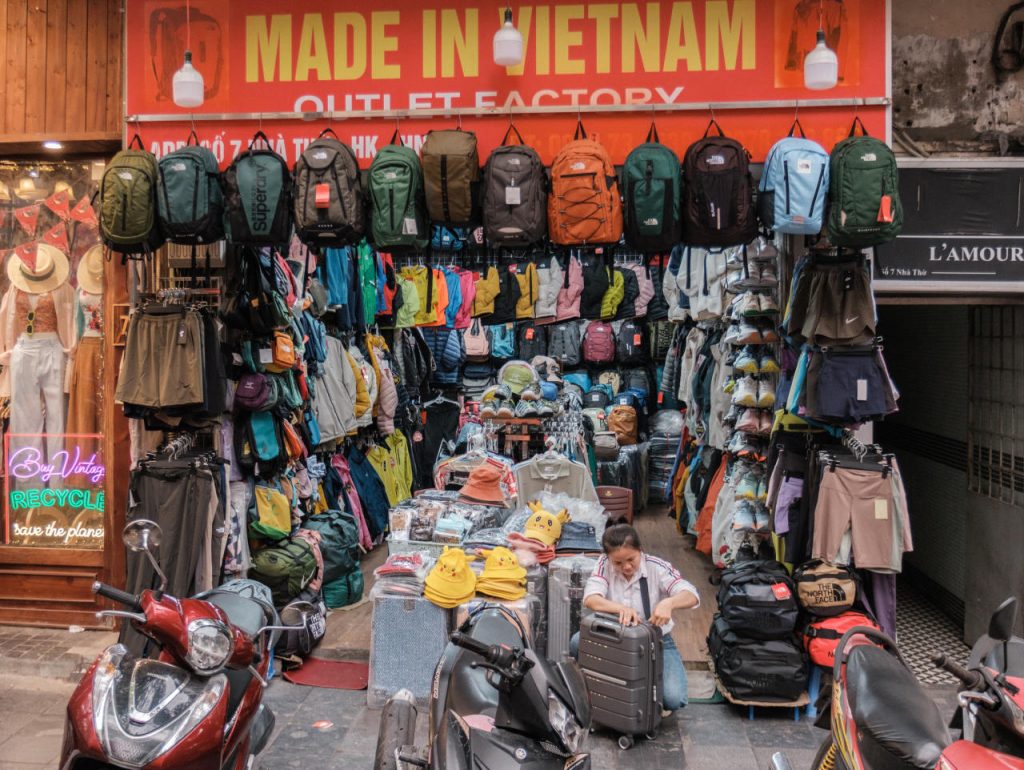Today the European Council adopted a landmark reform of the European asylum and migration system that establishes rules to help manage arrivals in an orderly way, create efficient and uniform procedures, and ensure fair burden sharing between member states.
The Council adopted 10 legislative acts that reform the European framework for asylum and migration management.
Under the new rules, the screening regulation will allow national authorities to refer irregular migrants and asylum applicants at an external border to the relevant procedure and will make sure that identification, security, and vulnerability checks and health evaluations are carried out uniformly.
The new rules regarding the updated Eurodac database will allow the collection of more accurate and complete data (also biometric data) on various categories of migrants, including applicants for international protection and people arriving irregularly in the EU. This will help inform policymaking and enhance the control of irregular migration and unauthorized movements.
The asylum procedure regulation streamlines the European asylum procedure and introduces a mandatory border procedure in well-defined cases. The return border procedure regulation deals with the returns of people whose application in this border procedure is rejected. The asylum and migration management regulation determines which member state is responsible for the examination of applications for international protection and for the first time introduces a fair sharing of responsibility among the member states.
The qualification regulation and reception conditions directive lay down uniform rules for the criteria for granting international protection and the standards for the reception of asylum seekers. This should also help to reduce secondary movements between member states.
Finally, the resettlement regulation deals with legal and safe pathways to the EU by establishing common rules for resettlement and humanitarian admission.
Border procedure
A major new feature of the reform is the mandatory border procedure. This procedure will apply to certain categories of asylum seekers (for instance those coming from countries with low asylum recognition rates). The aim of the procedure is to make a quick assessment at the EU’s external borders of whether applications are unfounded or inadmissible. People in the asylum border procedure are not authorized to enter the territory of the EU.
Responsibility and solidarity
The new rules clarify which member state will be responsible for an asylum application (for instance in cases where a person has a family member in an EU country or when the asylum request is not made in the country where the asylum seeker first arrives in the EU).
Another important aspect of the migration system reform is the introduction of a solidarity mechanism to ensure a fairer sharing of responsibility. The new rules combine mandatory solidarity to support member states dealing with a strong influx of migrants with flexibility as regards the type of contributions. Member states’ contributions can consist of relocations, financial contributions, or, where agreed with the benefiting member state, alternative solidarity measures (e.g. providing border guards or helping with the deployment of reception centers).
Management of crisis situations
In order to better deal with situations of crisis (mass arrivals and instrumentalization) and force majeure, member states can derogate from certain rules and request enhanced solidarity from other EU countries. Possible derogations apply for instance to deadlines for registering asylum applicants and the duration of the border procedure.
The crisis mechanism is used only in exceptional circumstances and for the time strictly necessary to address situations of crisis or force majeure. It is subject to authorization from the Council.















